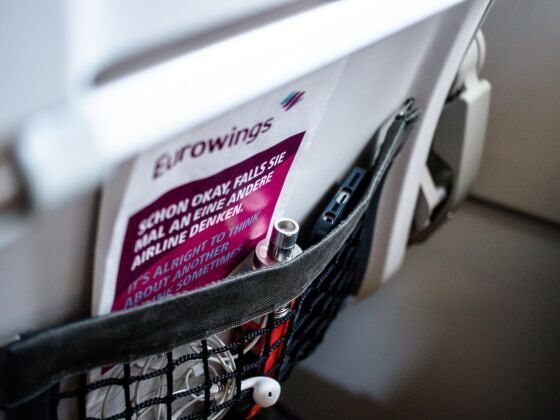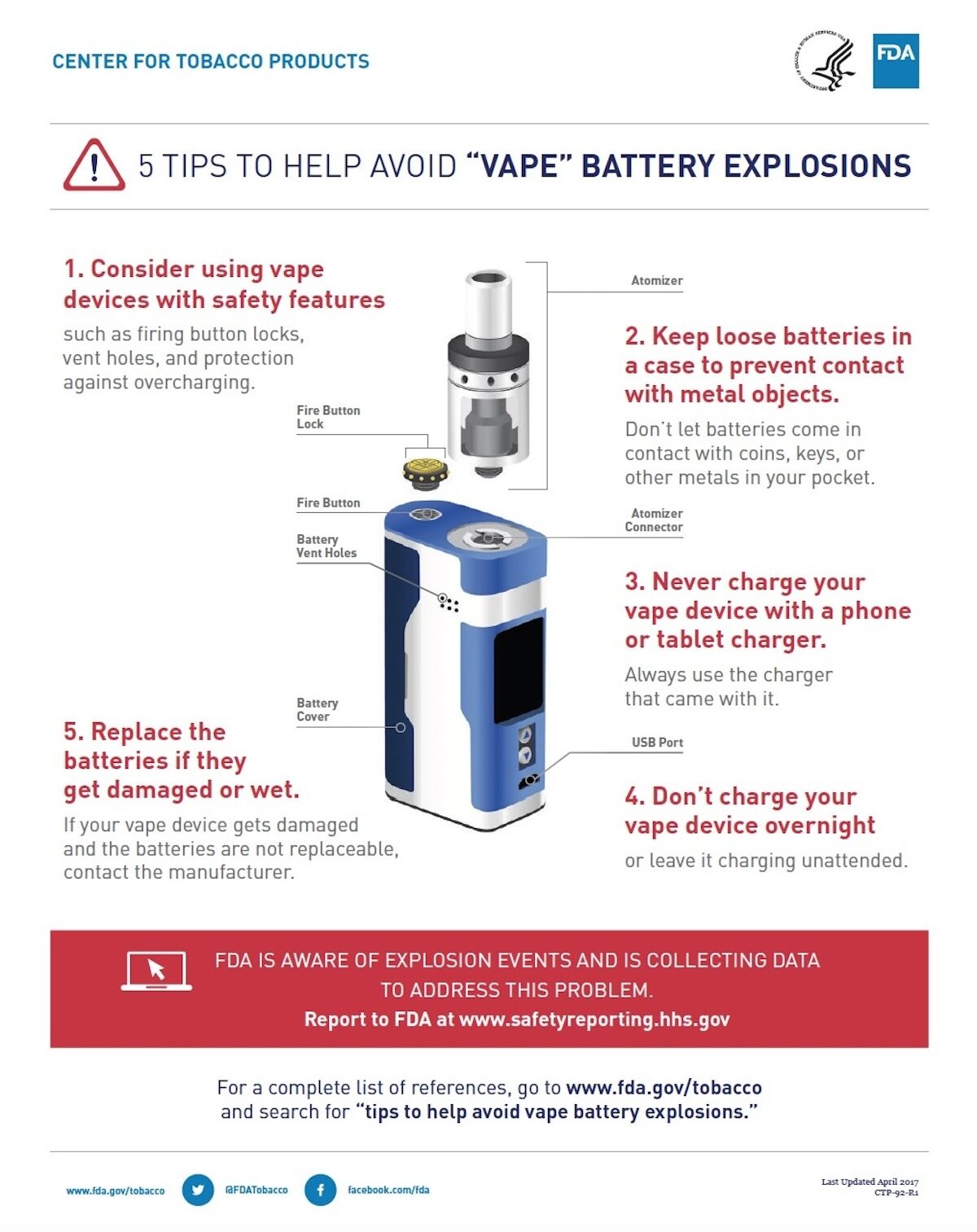Another day, another instance of vape pens catching fire. This time, the explosion occurred in the cabin of an EasyJet flight from Heraklion, Greece, to London, England, as passengers were still boarding. So now is probably a good time to remind everyone why those incidents happen and how to travel safely with a vape pen or e-cigarette.
Why do vape pens and e-cigarettes catch fire?
Like most of our electronic devices, vape pens and e-cigarettes are powered by lithium batteries which, like the ones in our phones, laptops, tablets, smart watches, power banks, and the such, can overheat and even create sparks if they are “damaged, overheated, exposed to water, overcharged, or improperly packed,” the Federal Aviation Administration (FAA) explains. Not only that, but vapes pens also contain a heating element that can be activated by accident and lead to fires, says Transport Canada.

